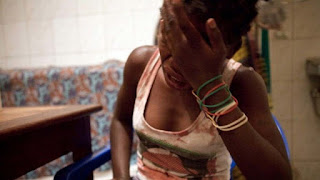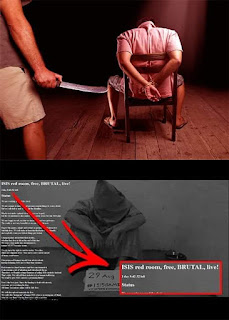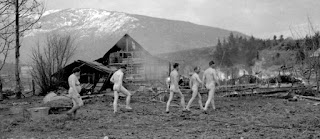Peter The Great Had Drunken Games With A Wheelbarrow
Peter The Great Had Drunken Games With A Wheelbarrow
At the end of the 17th Century, Peter the Great of Russia was on a tour of Europe.
The purpose of his tour was to study the scientific and cultural innovations of the west, with the intent of modernising his own backward country.
What he did more than anything, however, was get right royally hammered at every opportunity.
In 1698 Peter and his entourage arrived in London, and took up residence in a mansion in Deptford.
The mansion was owned by the celebrated writer, John Evelyn. Peter and his friends had a rip-roaring time there, getting blind drunk every day, smashing up the furniture and wrecking everything in sight.
According to contemporary reports, every chair in the place was used for firewood, all the floors and carpets were destroyed, and the house’s picture gallery was used for target practice.
Now, John Evelyn was very proud of his garden, and he had a holly hedge that was his most prized possession.
The hedge was nine feet high, five feet thick and four hundred feet long!
One day, Peter and his drunken companions found three wheelbarrows in the garden.....
Wheelbarrows hadn't yet been invented in Russia, so excidedly, Peter invented a new game - one of them would climb in a wheelbarrow while another rammed the barrow repeatedly through the hedge at speed.
This game proved so popular that by the end of Peter’s visit, the entire hedge was a mangled mess, much to the horror of John Evelyn!
Peter’s modernisation of Russia would eventually earn him the nickname ‘the Great’.
While he may have been great to his people, to John Evelyn he was that drunken yobbo who wrecked his house, and destroyed his beloved hedge. 🙈
https://www.facebook.com/groups/537859523834021
https://www.history.co.uk/articles/heirs-behaving-badly-playboy-princes-and-other-royal-bad-boys
☕ https://ko-fi.com/thetudorintruders
Peter the Great goes for a little ride.
The Russian tsar amusing himself by being pushed in a wheelbarrow.
Illustration for The Picture Book (Educational Book Company, c 1920).











Comments
Post a Comment